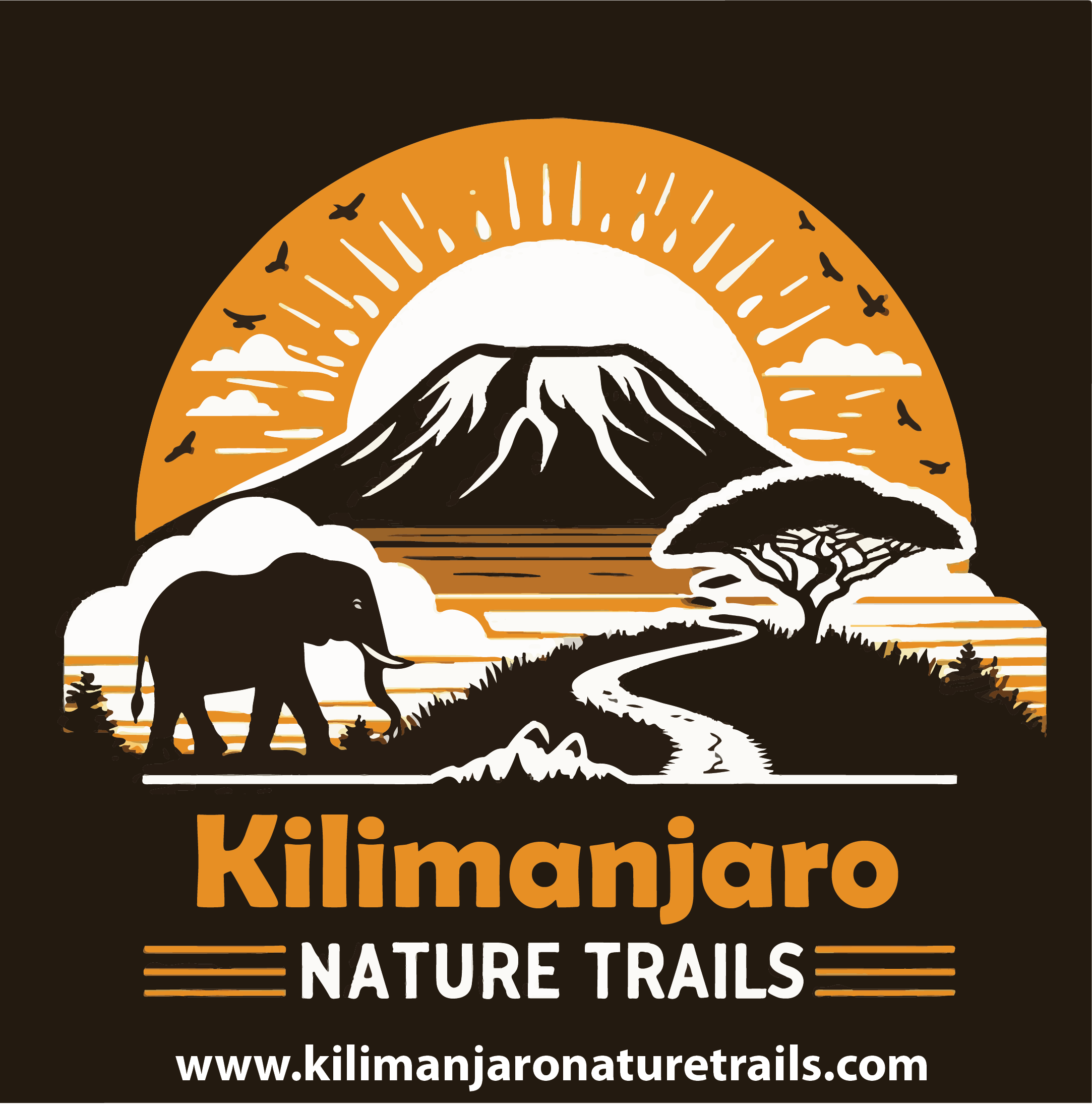Preparing for Climbing Mount Kilimanjaro.

Preparing for Climbing Mount Kilimanjaro.

For many, climbing Mount Kilimanjaro is the – wait for it – the peak of their hiking aspirations. At a breathtaking 5,895 metres above sea level, Kilimanjaro is the highest mountain in Africa and the highest freestanding mountain in the world. So, it goes without saying that the process of summiting this mighty mountain comes with a healthy dose of challenge one of the main questions our Kilimanjaro clients ask us is how you prepare for this bucket-list adventure in Africa?
Tip 1: Training is key
Since climbing the Kilimanjaro is not a marathon, you don’t have to run for several hours to reach the summit. Before you arrive in Tanzania, ensure your body is already accustomed to walking long distances. Practice hikes that last multiple hours and even days. Take it at a slow, steady speed with some breaks in between. Your feet will thank you for it!
Good health, a positive attitude, and stamina are the most critical prerequisites to reaching Mt Kilimanjaro’s top. Stamina is much more important than strength and is quickly built up by hiking in areas closer to home. Use the months leading up to your Tanzania climbing trip to see what hike level you are comfortable with. Slowly increase the duration and intensity of your hikes until you are pleased with how your feel on treks lasting two days or more.
Tip 2: Simulate the conditions
For top-notch preparation for your Mount Kilimanjaro trek, you should know what’s coming. During your ascent, you will come across a beautiful variety of landscapes with sometimes drastically different temperatures. The right clothes and the ideal equipment are therefore essential. Check out our short packing list with some of the must-haves to get an idea.
Clothes
- Tshirts & Long sleeves
- Windbreaker/Softshell jacket
- Trekking trousers with detachable legs
- Rain jacket
- Down jacket
- Fleece jacket
- Hardshell jacket
- Gloves, hat and a tube scarf
- Ankle-high hiking boots, already broken in!
Equipment
- Sleeping bag up to -2°C or down sleeping bag
- Sleeping mat
- Energy bars – you will get three meals a day; a snack never hurts, though
- Water bottle or bladder – you should drink around three to four litres of water a day on your Mt Kilimanjaro trek, and you can fill up your water during your hike.
- Light hiking backpack
Another excellent tip for preparing for Mount Kilimanjaro is to wear your backpack and the same hiking gear during your training at home. This enables you to get used to the weight and find out what you need to wear without getting too cold or hot. This will also allow you to figure out what needs adjusting in your equipment and if you are missing any necessary accessories.
Since nobody knows what the weather will be like during your tour, try to train in all weathers – rainy days included! In doing so, you can get adjusted to different conditions and strengthen your immune system, increasing your chances to reach the summit. That’s the goal, after all!
Tip 3: You are what you eat
This wisdom has some truth since you can build energy through training and the proper diet. Treat your body and muscles (you will need them for your ascent!) with a lot of healthy food and eat regularly. Then you will progress faster and prevent aching muscles – nobody needs those, right?
Here is a small selection of food that provides you with A LOT of energy as well as plenty of nutrients and vitamins:
- Bananas
- Nuts
- Lemons, grapefruit and oranges
- Avocados
- Bell peppers
- Ginger
- Pumpkin seeds
- Eggs
- Berries
- Dark chocolate (great for those with a sweet tooth!)
Tip 4: The right guide
This is probably the most important tip: climbing Kilimanjaro requires expertise and professional guidance. Do your research when it comes to booking with a Tanzania travel company, and make sure you feel safe and comfortable before you book anything.
Even for the most experienced hikers, the benefits of tapping into the local knowledge of a Kilimanjaro Mountain guide can make the difference between summiting or not. Not only do they know the best routes, but they also watch out for you during your hike: they notice signs of altitude sickness, measure your heart rate and level of oxygen and discuss all your results with you to keep you healthy.
on their experience, qualifications and genuine passion for hiking. With them at your side, you can rest assured about your safety and physical health and be sure to reach the highest summit of Africa and enjoy the journey to the fullest.
Tip 5: Book and smile
There are seven different routes to choose from when hiking Mt Kilimanjaro. Check out the various routes we offer, and find the best match for your plans. You’ll see: as soon as the booking confirmation has landed in your inbox, both anticipation and motivation will rise enormously, and you’ll master any training with ease.




